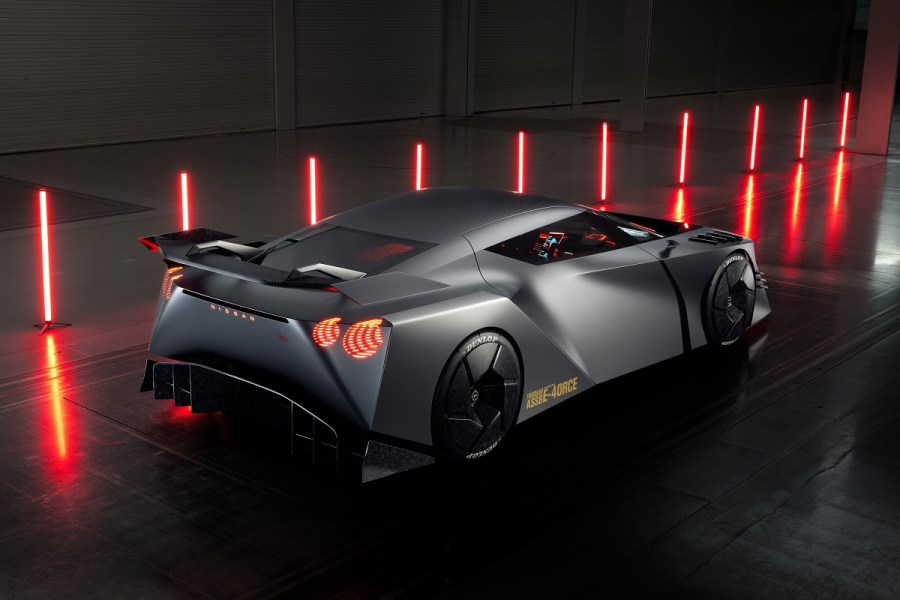What happens when you take an R35 GT-R and inject it with battery-based, sci-fi-style steroids? The answer is the Nissan Hyper Force Concept.
It’s long been a running joke that the current Nissan GT-R just doesn’t die. It’s been around for more than 15 years now, yet still it remains, like a six-cylinder, premium-priced cockroach. Even when coming up with something utterly radical for the Japan Mobility Show, the folks at Nissan still clearly had the R35 in mind. Ok, the front fascia is quite a lot different, but from the doors backwards, it’s pure R35 (albeit amped up to eleven on the cyberpunk scale). So, what actually is the Nissan Hyper Force concept? And more pressingly, what’s the point?
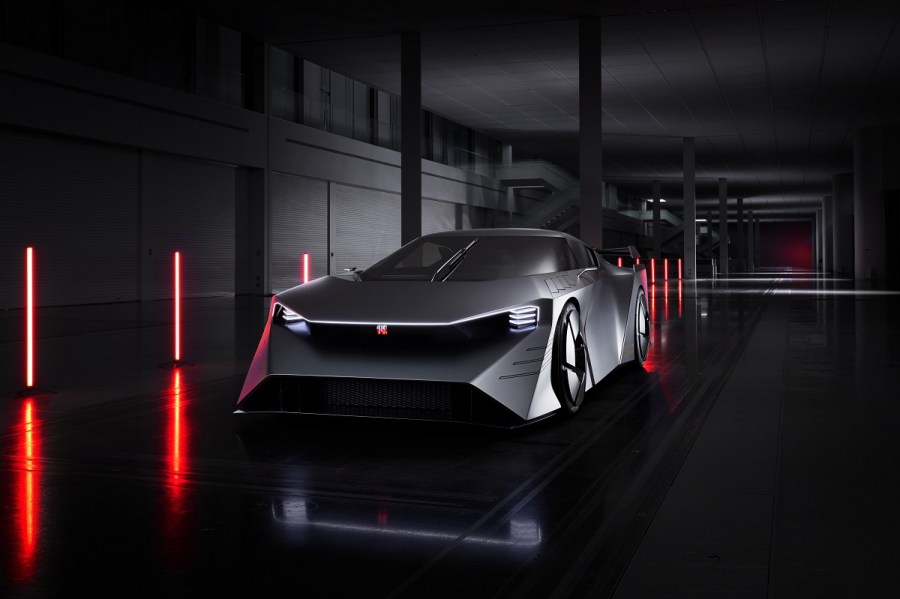
What is the Nissan Hyper Force Concept?
Well, I’ll let Nissan answer that for me. The company says, “The Nissan Hyper Force is designed for racing enthusiasts and gamers who crave the adrenaline rush of the racetrack but are also eco-conscious.”
So there you have it, it’s an ideas project with the target of pinning down how Nissan’s performance cars can reach new heights while remaining environmentally responsible. In fact, this is the final addition to a quintet of ‘Hyper’ EV concepts which Nissan has launched recently, each focused on re-imagining different types of driving experience.
The Nissan Hyper Force concept is therefore the one dedicated to the high-velocity side of driving. So, what exactly does it entail?
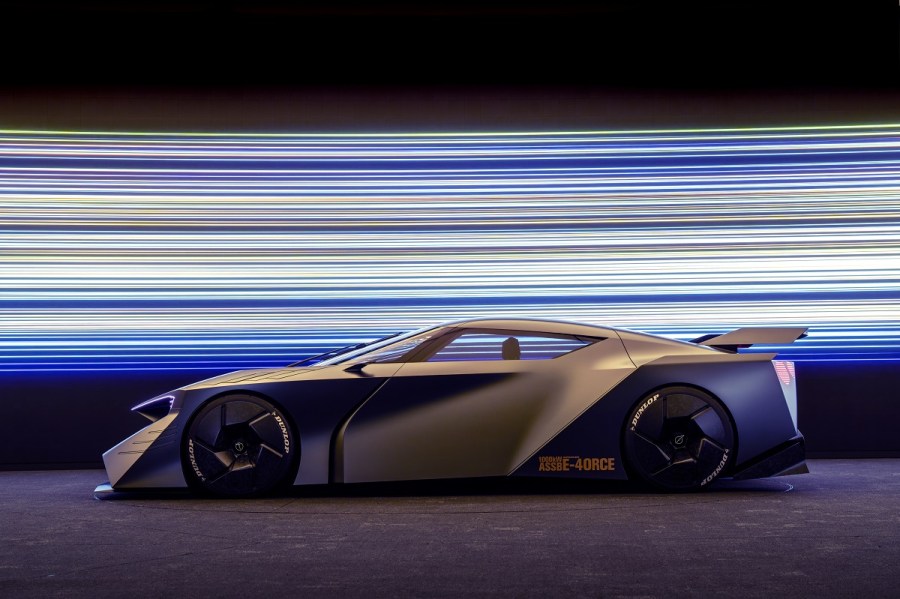
Chassis & Powertrain
The powertrain is exactly as you would expect. It’s fully-electric, making use of solid-state batteries to output 1000kW (~1340hp) to all four wheels, as is GT-R tradition. Nissan states that the drivetrain is a variation of its current E-4ORCE system.
As for the chassis, those bold lines are sculpted in carbon fiber, helping to reduce the weight of a car which undoubtedly would be packing a fairly hefty powertrain. Speaking of weight, Nissan says that the electric motor and its batteries are positioned so as to create an equal spread of mass.
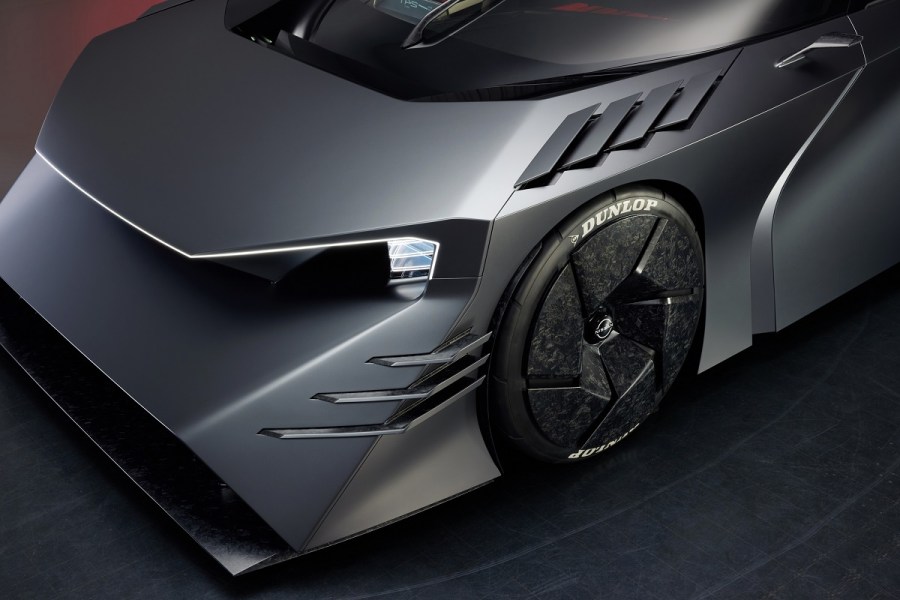
Aerodynamics
The aero on this concept isn’t just for show. NISMO has carefully crafted it to have genuine downforce generation capabilities. The two-tiered hood/bumper design is there to not only guide air flow, but also to enhance cooling. The same can be said of the carbon wheel rim discs, while the stacks of canards and winglets are active, and more focused on creating downforce. At the back of the car, you’ll find an active rear wing and two diffusers.
One particularly cool element of the design is the car’s plasma actuator, which sounds so incredibly sci-fi. Apparently this newly-developed tech regulates the behavior of air to help reduce inner-wheel lift, thus maximizing grip. I’ll be honest, the explanation of how that works went over my head a bit…
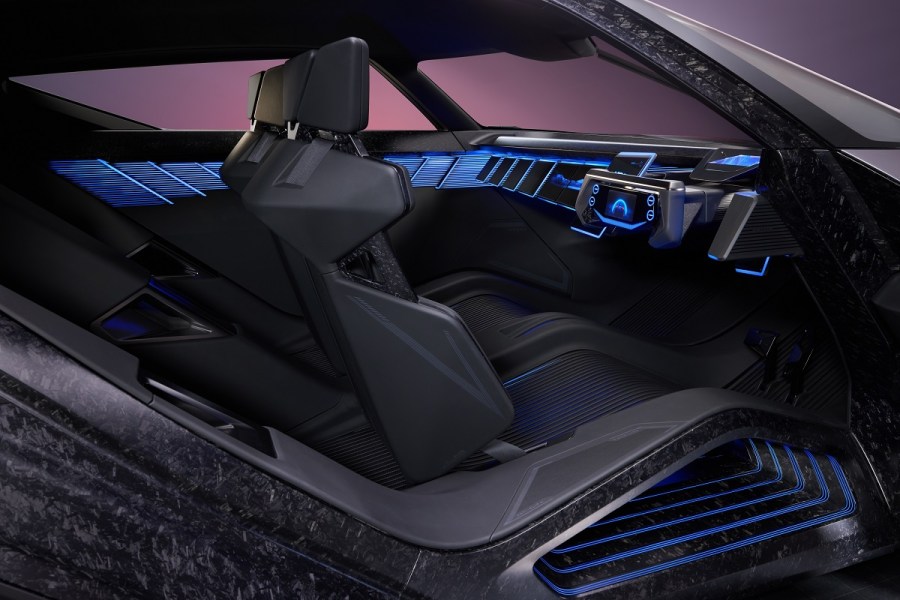
Driving Modes
No modern vehicle would be complete without driving modes, and the ones in the Nissan Hyper Force concept are identified by the color of the LED strips in the car’s interior. When they shine blue like this, it means the car is GT mode. This simplifies the onboard displays and prioritizes ride comfort to match the calm blue lighting.
In R mode, however, the LEDs turn red. This is to signal that the car is primed for action, which in practice means that elements of the dashboard move forward into the seating space to create a cockpit-esque feel. Their displays also switch from regular daily-driver stuff such as air-con control, to more honed-in performance-related gauges.
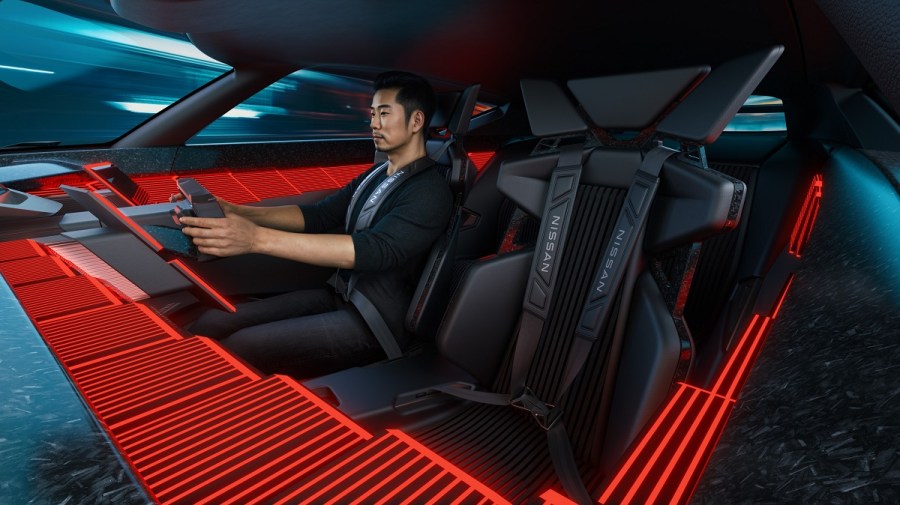
Interior Experience
The seating arrangement inside the car comprises of just two rigid carbon fiber buckets, designed to provide ample support at high speed while remaining comfortable over long distances. Augmented and virtual reality are also present here. Nissan suggests that when the car is stationary, the driver will have access to a VR headset with which they can compete on tracks in the virtual world. Alternatively, a skeleton visor would allow augmented ‘ghosts’ of friends and rivals to be overlayed when driving on a real-world track. That last bit sounds kinda cool, I can’t lie. It’s like living in a PS2 game.
Quite clearly, this is all a bit of a fantasy at the moment. But that doesn’t necessarily mean you won’t be able to experience it to some degree. See, Nissan notes that the renders have been constructed with help from Polyphony Digital. If that name doesn’t ring a bell, you might be interested to learn that they’re the folks who create the Gran Turismo video games for PlayStation. As a result, I’ll eat my metaphorical hat if the Nissan Hyper Force Concept doesn’t make its way into the game at some point…

